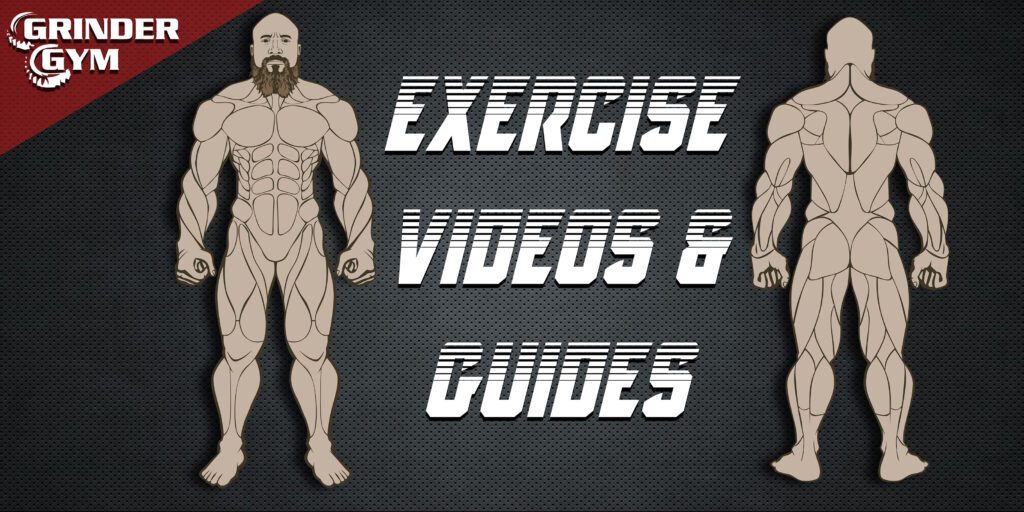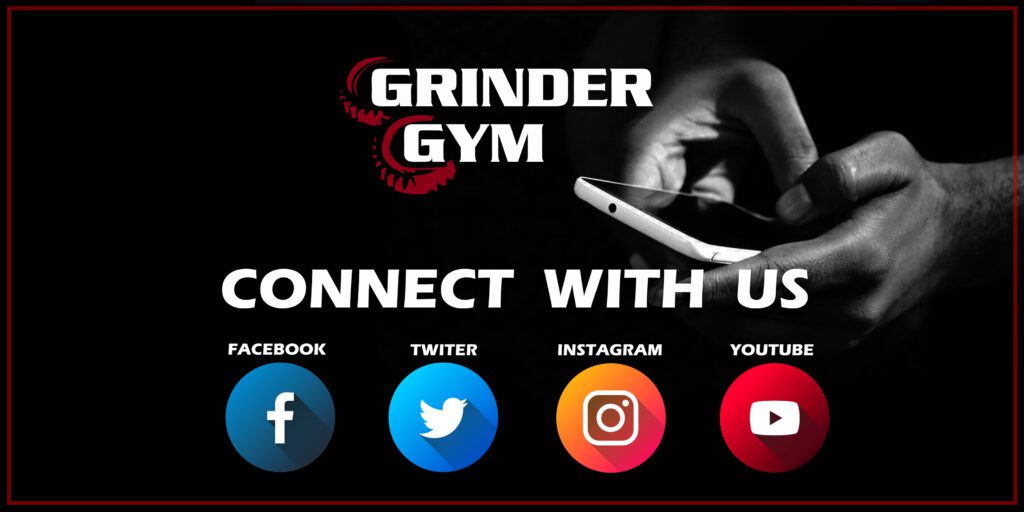In the pursuit of muscle building and overall fitness, recovery and rest are often underestimated yet critical components. Proper recovery strategies not only prevent burnout and injury but also contribute significantly to muscle growth, performance enhancement, and long-term success. In this article, we will delve into the importance of sleep, active recovery techniques, managing overtraining, and incorporating foam rolling and stretching into your routine.
1. Importance of Sleep for Muscle Recovery:
Sleep is your body’s natural recovery mechanism and plays a pivotal role in muscle growth and overall health. During deep sleep stages, the body releases growth hormone, which aids in tissue repair and muscle recovery.
Key points to consider:
- Consistent Sleep Schedule: Aim for 7-9 hours of quality sleep each night, maintaining a regular sleep schedule.
- Bedtime Routine: Create a relaxing bedtime routine to signal to your body that it’s time to wind down.
- Sleep Environment: Ensure your sleep environment is comfortable, dark, and quiet.
Prioritizing adequate and quality sleep can enhance muscle recovery, cognitive function, and overall well-being.
2. Active Recovery Techniques:
Active recovery involves low-intensity exercises that help increase blood flow, reduce muscle soreness, and promote healing without placing additional stress on the body.
Examples of active recovery activities:
- Light Cardio: Engaging in light jogging, cycling, or swimming at a comfortable pace.
- Yoga: Incorporating gentle yoga or stretching routines to enhance flexibility and relaxation.
- Mobility Exercises: Performing exercises that focus on joint mobility and range of motion.
Active recovery helps prevent stiffness, reduces the risk of injury, and can improve overall muscle function.
3. Managing Overtraining and Avoiding Plateaus:
Overtraining occurs when the body is subjected to excessive exercise without sufficient recovery time. This can lead to stalled progress, muscle breakdown, and increased injury risk.
Tips to manage overtraining and avoid plateaus:
- Listen to Your Body: Pay attention to signs of fatigue, decreased performance, and persistent soreness.
- Periodization: Incorporate planned deload weeks with reduced intensity to allow the body to recover.
- Vary Intensity and Volume: Rotate between heavy, moderate, and light workouts to prevent overuse injuries and mental burnout.
- Rest Days: Include regular rest days to give your muscles time to repair and grow.
Balancing training intensity with proper recovery is crucial for consistent progress and long-term success.
4. Foam Rolling and Stretching:
Foam rolling and stretching are valuable recovery tools that enhance flexibility, alleviate muscle tightness, and improve blood circulation.
Benefits of foam rolling and stretching:
- Myofascial Release: Foam rolling helps release tension in the fascia, the connective tissue surrounding muscles.
- Improved Blood Flow: Stretching and foam rolling increase blood flow to muscles, aiding in nutrient delivery and waste removal.
- Injury Prevention: Regular stretching and foam rolling can reduce the risk of muscle imbalances and injuries.
Incorporate foam rolling and targeted stretching into your routine, especially after intense workouts, to promote muscle recovery and prevent tightness.
In conclusion, recovery and rest are non-negotiable elements of an effective muscle-building regimen. Prioritizing quality sleep, utilizing active recovery techniques, managing overtraining, and incorporating foam rolling and stretching all contribute to optimal recovery, muscle growth, and overall fitness success. By giving your body the time and care it needs to recover, you’ll not only maximize your results but also ensure a sustainable and enjoyable fitness journey.

